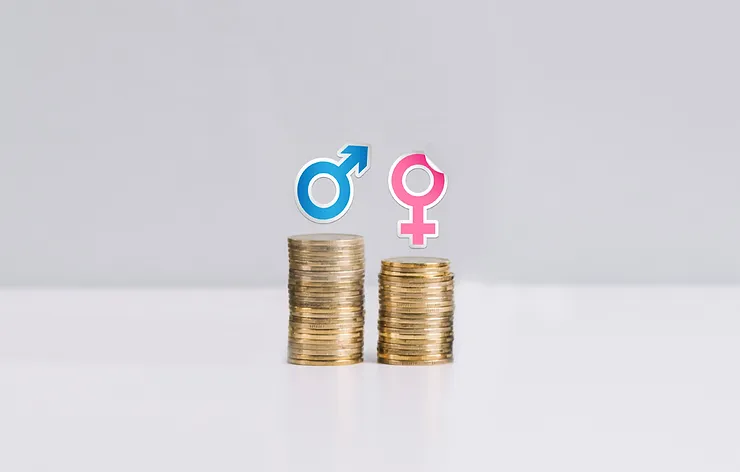The gender pay gap has risen over the last 3 years, as evidenced in a June report by the Healthcare Businesswomen’s Association (HBA), utilising Aon’s comprehensive dataset on the salary and bonus pay in the European life sciences industry
Words by Lauren Ellis-Hill
On average, female employees working in the life sciences industry are paid 13.1% less than male counterparts however, this is a 2.1% increase since 2018. The World Economic Forum agrees that the COVID-19 pandemic has set the move towards gender parity back by more than a generation. At the same time, we know there has been a dramatic increase in the amount of pressure on women as primary caregivers. The HBA’s report highlights a call to action for organisations, and provides advice for individual contributors, to revitalise industry efforts and commitment to closing the gender pay gap.
It is more important than ever for organisations to take responsibility for building awareness of their specific gender pay gap by creating a reporting structure which holds senior leaders accountable for sustainably closing the gap. The number of countries with reporting requirements and regulations continues to grow. In fact, France recently voted to place gender quotas on executive leadership teams, beginning with a ratio of 30% women to 70% men by 2027 and further moving to 40% women and 60% men by 2030.
The divide between companies addressing the gap now and those not continues to grow, even though the message is clear that this issue is not going away. While the hope is that organisations will act because it is the right thing to do, the laggards may see a gap in diverse thinking impacting profitability, a loss of talent as employees become increasingly focussed on corporate values beyond the bottom line, and having to invoke kneejerk reaction forced by regional regulations.
As we come out of the pandemic, organisations are encouraged to be more proactive about their approach towards closing the gender pay gap. By taking on a global viewpoint, organisations can have a more holistic view for the employee experience and take on the advantages of a more diverse and inclusive culture, such as the ability to be more creative and enable better problem-solving. This will also ensure that organisations are better able to adapt to changes in local requirements.
In a recent panel discussion at the 2021 HBA European Leadership Summit, Ben Osborn, Managing Director, Pfizer UK, and Laurence Bonnel, Managing Director, Merck KGaA Romania, provided examples of how their organisations are closing the gender pay gap. This included changes to their recruitment strategy, career support, and allocation of budgets designed to transparently reduce the gender pay gap. Jess Cowley, Director, Aon, also provided best practice examples of how their clients are addressing the gender pay gap.
The discussion included the necessity of having men as allies for reaching gender parity. Bonnel talked about the positive shift in culture that also benefited men at Merck KGaA. At Novo Nordisk, another example is the move to eight weeks of parental leave for all non-birthing parents. This is critical in enabling a more integral shift to the wider consideration for the roles of parents and shared responsibility in the home.
The gender pay gap is a tangible reality and a source of great frustration. The HBA is committed to continuing to deliver data insights and thought-leadership on the gender pay gap and to giving women the opportunity to network, learn, and grow professionally. Together we will change the tide on gender parity—we will do it together as a United Force for Change.






